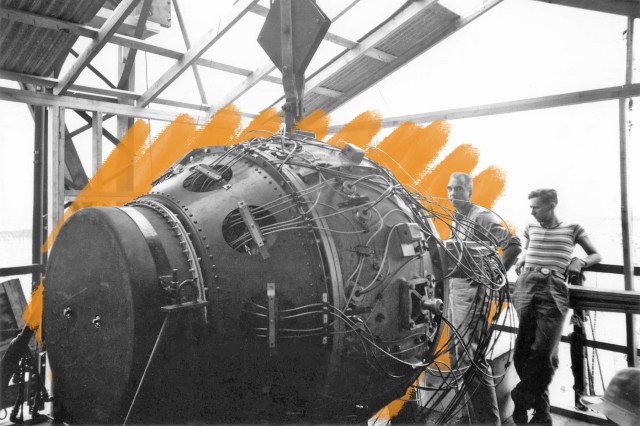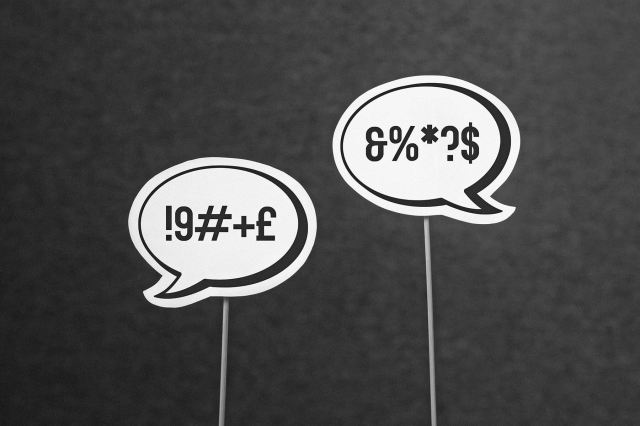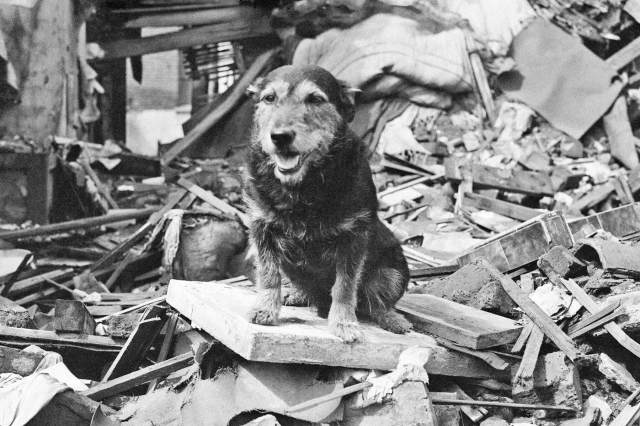 |
Kodak accidentally discovered the U.S. was testing the atom bomb. |
Science & Industry |
 |
| |
| Kodak had already taken great pains to protect its highly sensitive X-ray film from radioactivity. During the 1940s, packaging cardboard was often sourced from wartime plants that also handled radium. To avoid that, Kodak had its packaging produced in mills where it had full control of the raw materials. So after carefully testing the fogged film, Kodak researcher Julian H. Webb was surprised to find that the packaging was to blame. He traced the contamination to a strawboard mill along the Wabash River in Indiana and isolated the issue to a batch produced on August 6, 1945, concluding that the damage wasn't from radium, but from an unknown radioactive material. He soon got word that another mill in Tama, Iowa, about 350 miles away, had similar contamination. After ruling out the straw used to make the packaging, he concluded that the wind had blown in contaminated precipitation from somewhere else. | |
| By the time Webb realized this, the U.S. had already dropped two nuclear bombs on Hiroshima and Nagasaki, Japan. But after carefully analyzing the material, Webb determined that the radiation must have come from a detonation within the United States. It's not clear when exactly he concluded that it was a direct result of the Trinity Test, but he was communicating with the lab at Los Alamos by 1947. (The general public learned that the Trinity Test occurred after the bombings of Hiroshima and Nagasaki in August 1945.) When Webb published his report in 1949, he made the connection clear: "The most likely explanation of the source of this radioactive contaminant appears to be that it consisted of wind-borne radioactive fission products derived from the atom-bomb detonation in New Mexico on July 16, 1945." | |
 | |
 | |||||||||
By the Numbers | |||||||||
| |||||||||
| |||||||||
 | |||||||||
| |||||||||
Kodak got a heads-up on future nuclear testing. | |||||||||
| The United States moved its nuclear testing to the Nevada Proving Ground in 1951, and it continued to affect Kodak's products. When the first Nevada bomb detonated on January 27, 1951, a Geiger counter at Kodak's headquarters all the way in Rochester, New York, clocked radiation levels at more than 25 times above normal. Kodak threatened to sue the Atomic Energy Commission, claiming a "considerable amount of damage" to its products. In response, the U.S. government started giving Kodak a heads-up about the times and locations of nuclear tests — with the stipulation that the intel would stay secret. The United States continued to test atomic weapons until 1992. | |||||||||
 | |||
Recommended Reading | |||
 | |||
| | |||
 | |||
| | |||
| + Load more | |||
| |||||||||
| 700 N Colorado Blvd, #513, Denver, CO 80206 | |||||||||
|





No comments:
Post a Comment